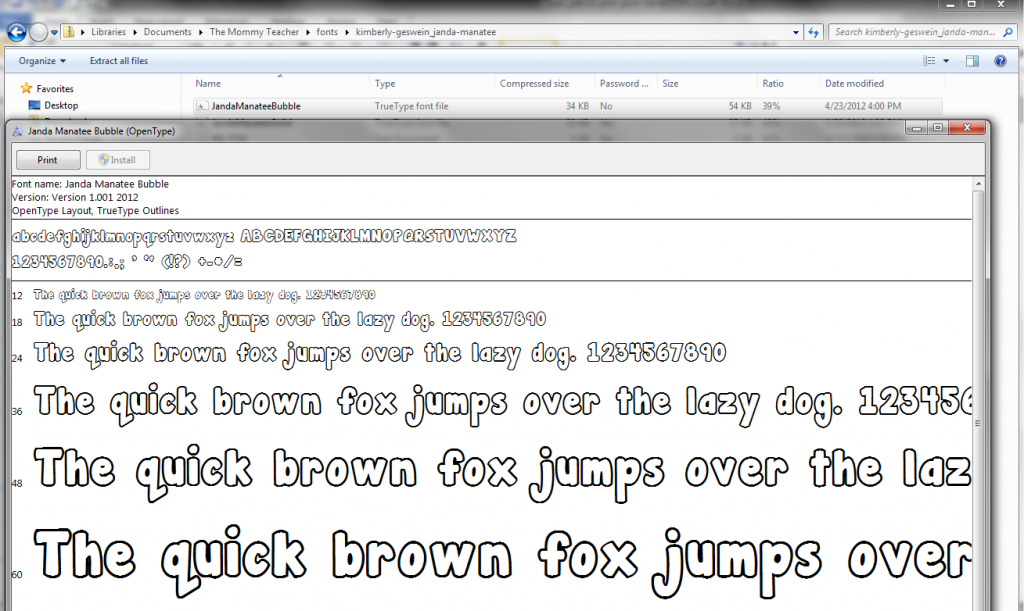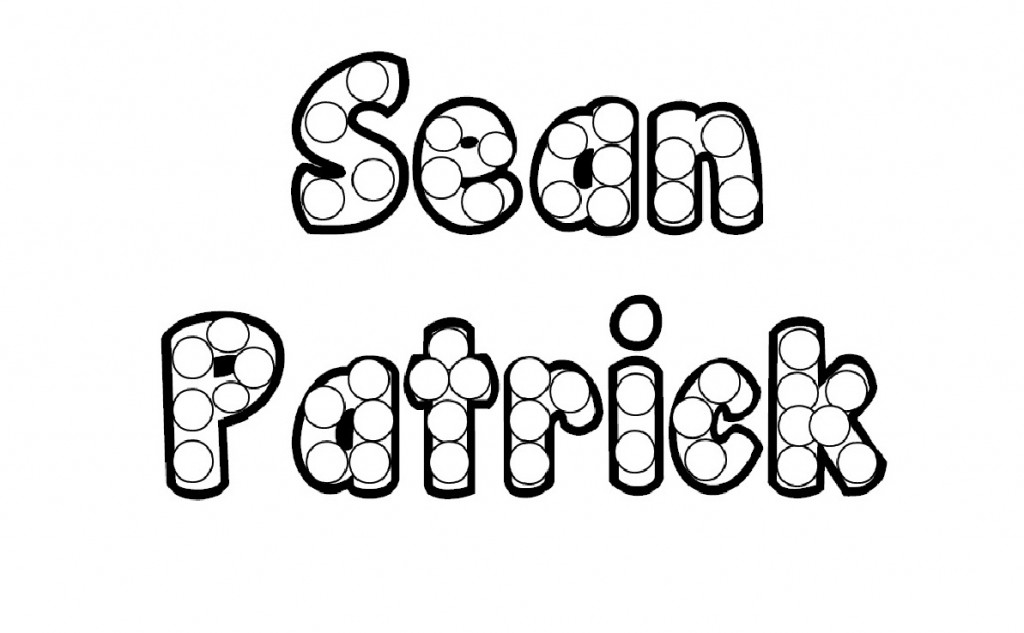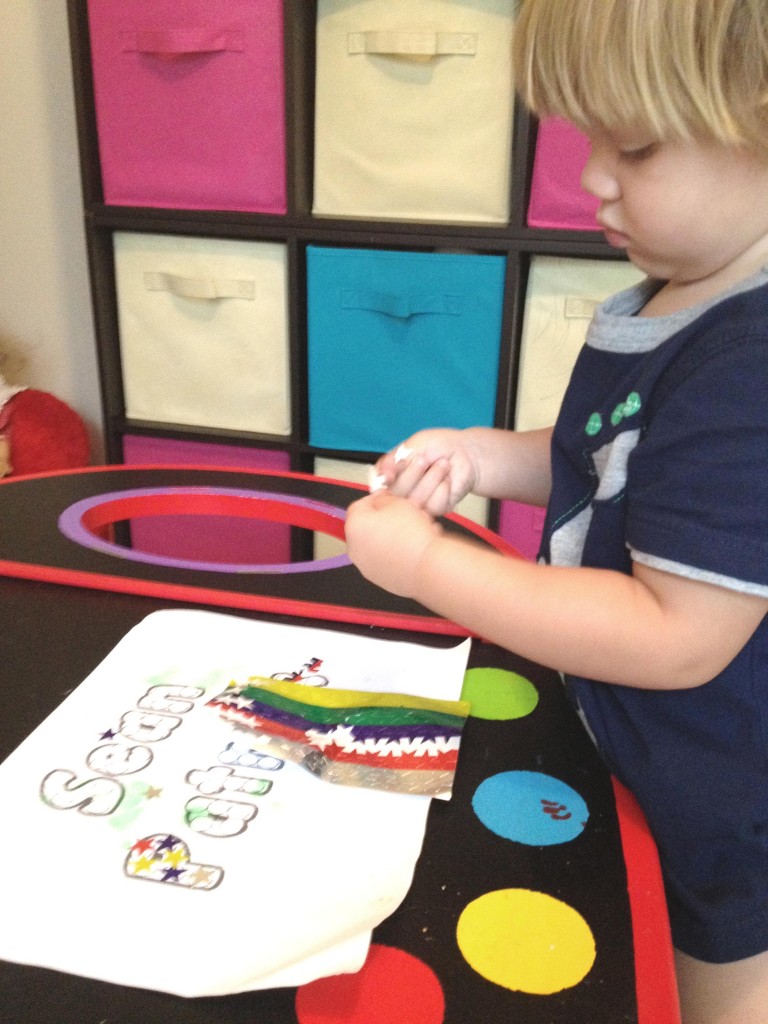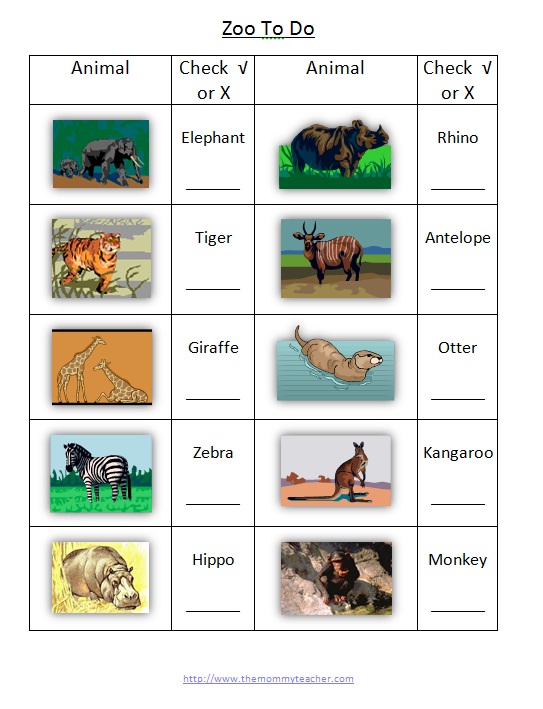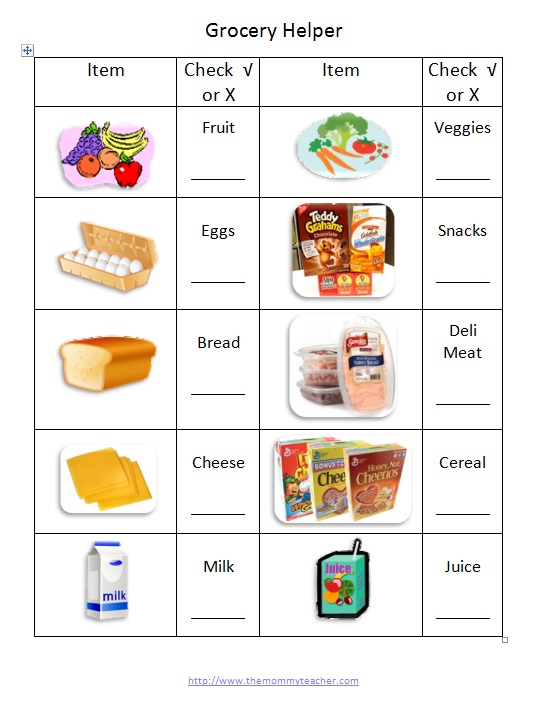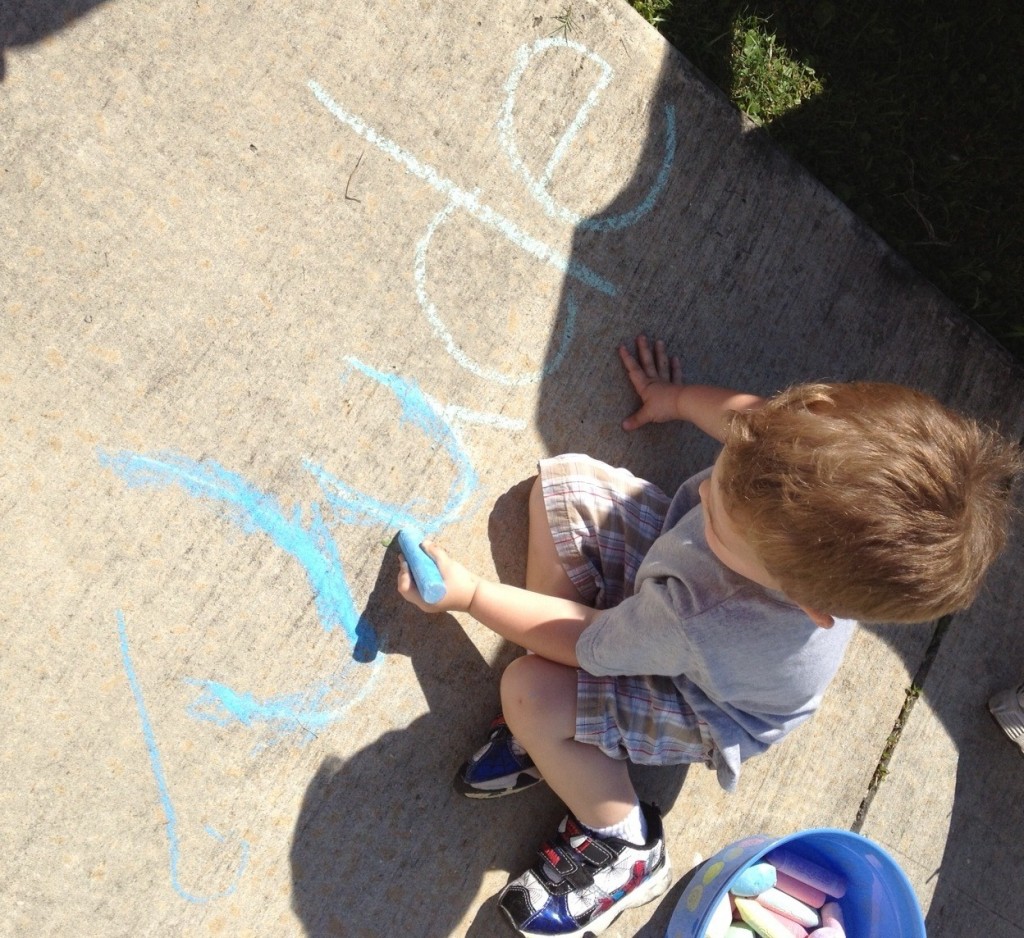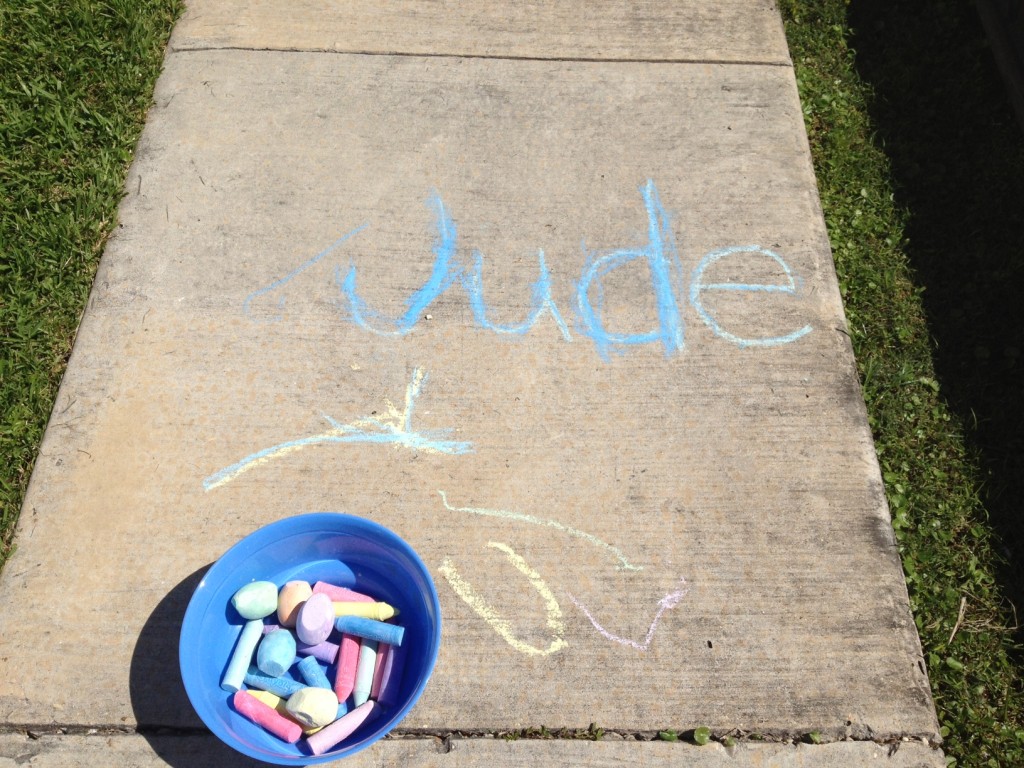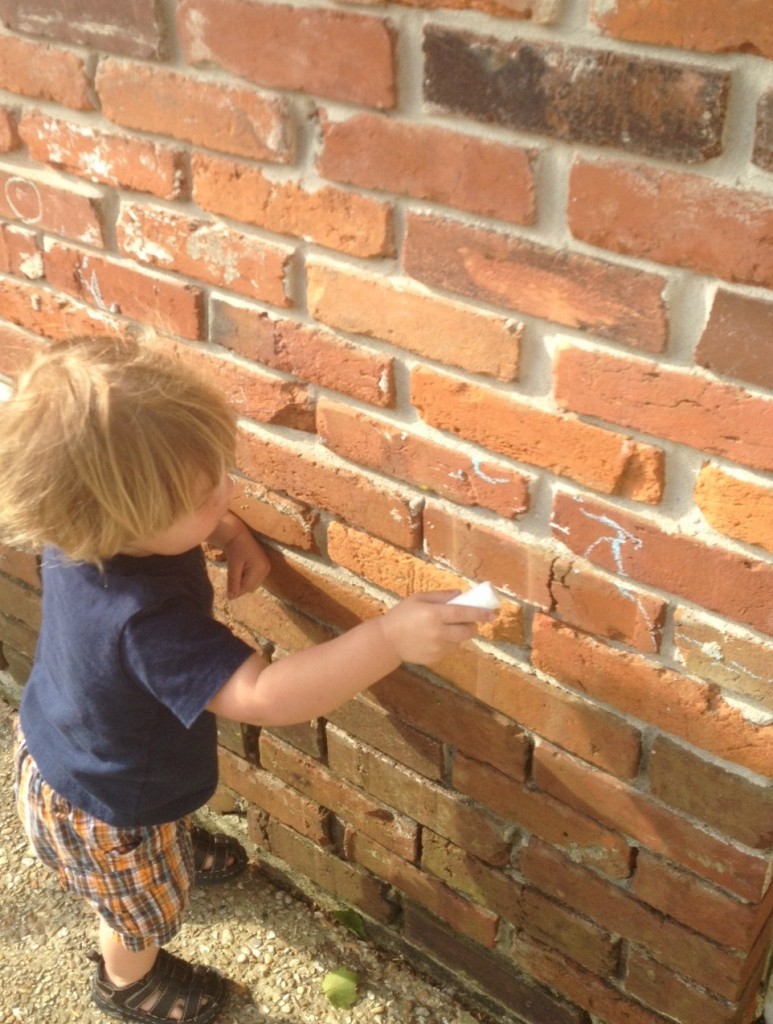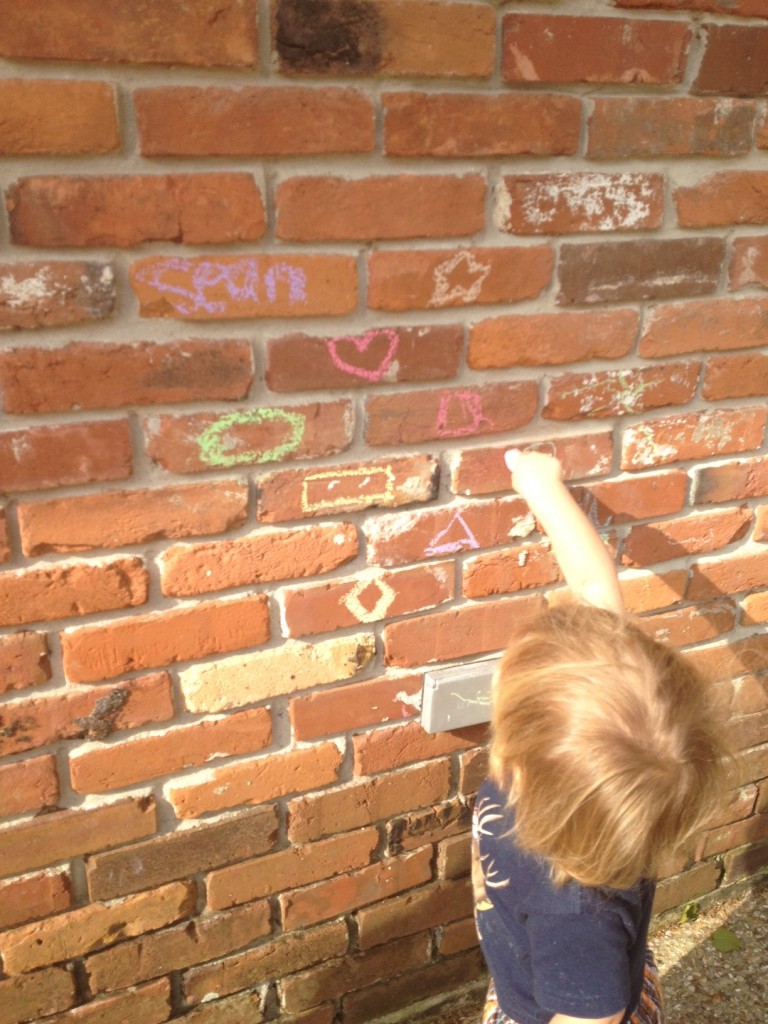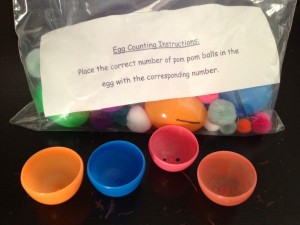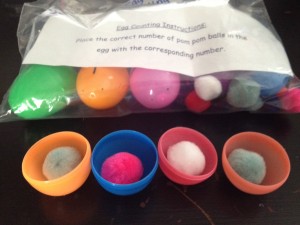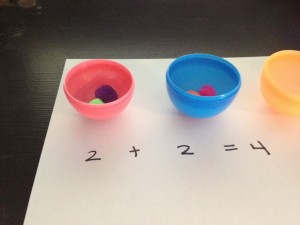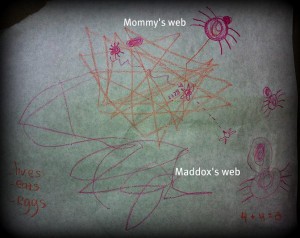I stay up late sometimes….it is 10:30. But it feels much later so maybe I am being a little dramatic. Being dramatic reminds me of my jr. high days of writing bubbly at all times.
And tonight, I got the itch to download a free bubble letter font….it happens. I went to fontspace.com, searched for a bubble letter font, and I downloaded one called “Janda Manatee” because I liked it the best.
I opened the file, clicked “Install”
And then I opened a Word document, changed the page orientation to Landscape, and typed Sean Patrick’s name using the new cute font.
I then clicked “Insert Shape” and filled his name with circles (I copied the circle size I liked and pasted it a lot of times first to make this go by fast!)…
I had to blow it up a little in the “Paint” Program to make it the size I wanted, but tomorrow I plan to do one of three things (if not all three) with this simple activity:
1) Encourage SP to cover each circle with little “poms poms.”
2) Encourage Sean Patrick to stamp the circles with his dot paint markers.
3) Encourage SP to stamp his finger print (ink pad style) on each circle.
This is a great pre-writing skill that develops his fine motor skills while emphasizing letter formation of the letters that are most meaningful to him, with a concentration on lower-case letters at this time. Do you have any other ideas??!? Cover each circle with a sticker maybe? Please share your thoughts!
Update: HOw the lesson went down>
I used two print outs; one to show him ideas and the second to let him explore on his own. I talked to him about the letters. “Look Sean Patrick…mommy made your name with circles in the letters. Can you still read the letters? What letter is this? ” etc.
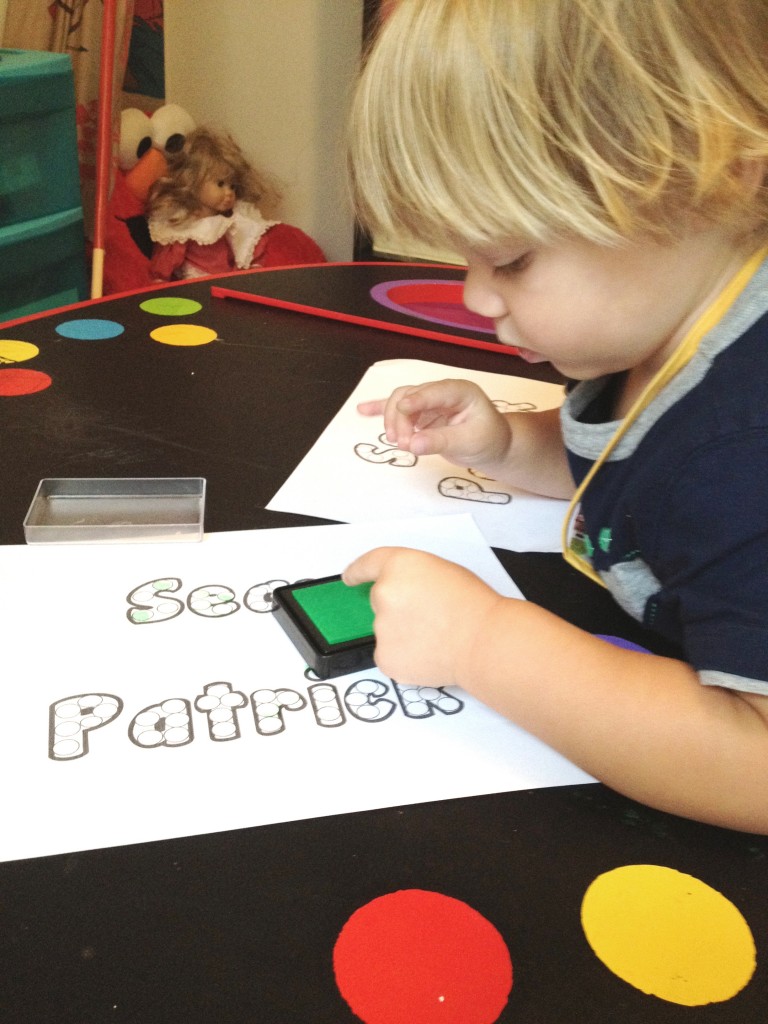 We explored covering the letters with pom poms but that didn’t last long. Sean Patrick had more fun stamping the letters with his fingers and decorating his name with star stickers.
We explored covering the letters with pom poms but that didn’t last long. Sean Patrick had more fun stamping the letters with his fingers and decorating his name with star stickers.

